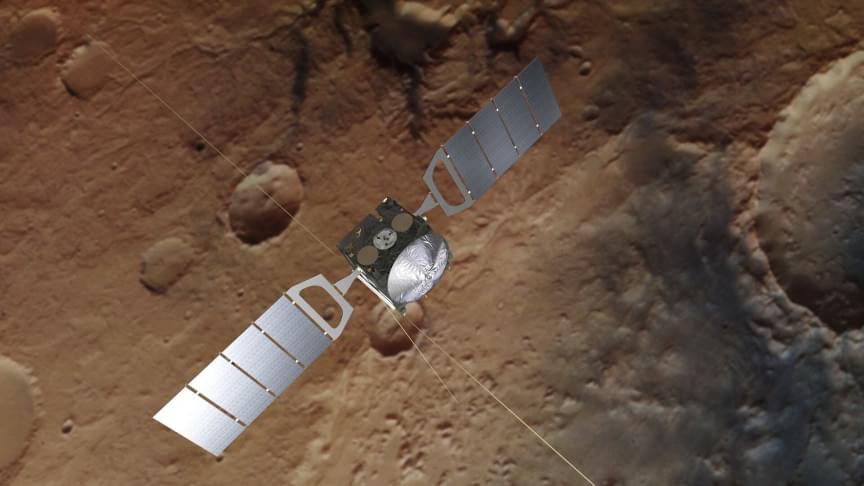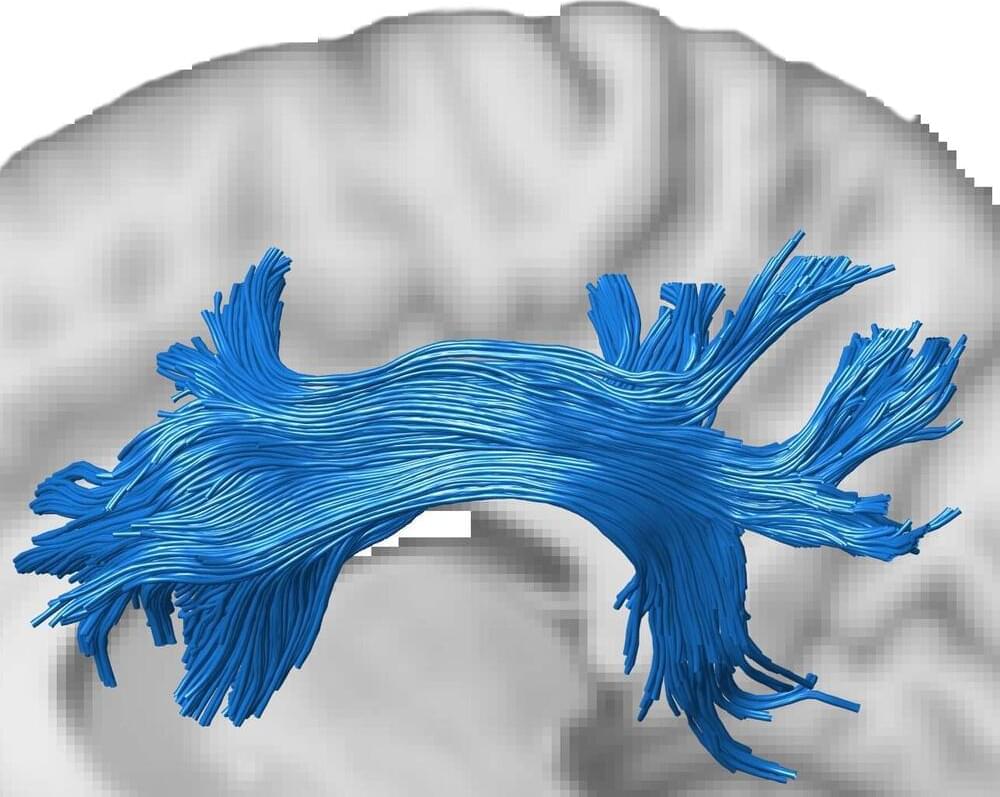😳!!!
Anyone intending to toss the bike up on a car rack or into a truck should note that it isn’t lightweight, tipping the scales at 75 lb (34 kg). You can remove 9 lb (4 kg) of that just by taking the battery off. With a massive motor and large battery, you didn’t expect it to be a featherweight though, did you?
Outfitting the bike with massive 4″ fat tires didn’t do the weight any favors either, though it certainly helps the FT1000MD cover just about any terrain. With that much air volume, the damn thing almost floats.
The CSC FT1000MD is obviously not going to be a cheap bike. And the $3,295 price tag confirms it. I always look out for my readers when I can though, and so you can take an extra $200 off the price with the discount code ELECTREK.









